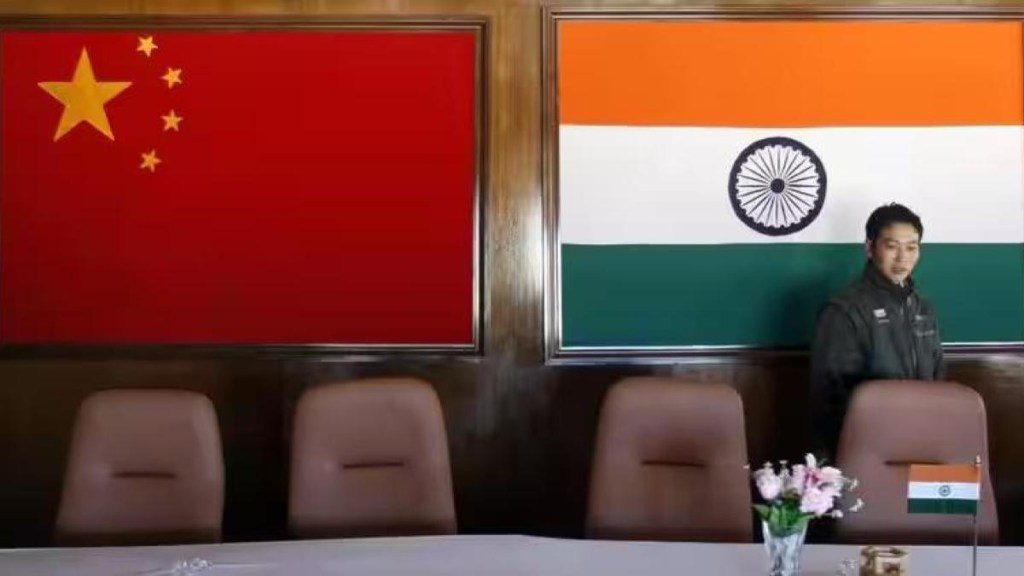India and China have once again taken steps to ease tensions along their disputed border, with the 31st meeting of the Working Mechanism for Consultation & Coordination on India-China Border Affairs (WMCC) held in Beijing on August 29, 2024. The discussions, described by the Ministry of External Affairs (MEA) as “frank, constructive and forward-looking,” aimed to address ongoing issues along the Line of Actual Control (LAC) and push towards an “early resolution.”
Led by Gourangalal Das, Joint Secretary (East Asia) for India, and Hong Liang, Director General of the Boundary & Ocean Affairs Department for China, the meeting occurred just a month after the 30th WMCC session on July 31. The frequency of these meetings reflects the urgency both sides attach to resolving their four-year military standoff in eastern Ladakh, which has severely strained bilateral ties.
During the meeting, the two sides focused on narrowing their differences, with a shared understanding that peace and tranquility along the LAC are essential for the normalization of broader bilateral relations. The statement stressed this point, stating, “Restoration of peace and tranquility, and respect for the LAC, are the essential basis for restoration of normalcy in bilateral relations.” This assertion reiterates India’s long-standing position that any progress in the overall relationship with China hinges on resolving the border standoff
Diplomatic efforts to address the situation have intensified, particularly following the guidance provided by Indian External Affairs Minister S. Jaishankar and his Chinese counterpart Wang Yi during their meetings in Astana and Vientiane in July. These meetings underscored the need for a more rapid resolution to the LAC issues, which have persisted since May 2020. India and China during talks agreed to maintain increased contact through diplomatic and military channels to reach a resolution.
The MEA‘s statement, also highlighted the commitment of both sides to “jointly uphold” peace in the border areas.
Despite the ongoing dialogue, the WMCC meeting did not yield a breakthrough in addressing the remaining friction points at Demchok and Depsang. Troops from both sides remain deployed in close proximity in these areas, adding to the complexity of the situation. However, the commitment to continue discussions signals a cautious optimism that the two sides may eventually find common ground.
As the border talks continue, the broader implications for India-China relations remain significant. Both countries have maintained a large military presence along the LAC since the standoff began, and the outcomes of these discussions will likely influence the future trajectory of their relationship. For now, the focus remains on resolving the immediate issues at the LAC, with hopes that these efforts will pave the way for a more stable and peaceful coexistence between the two neighboring giants.

